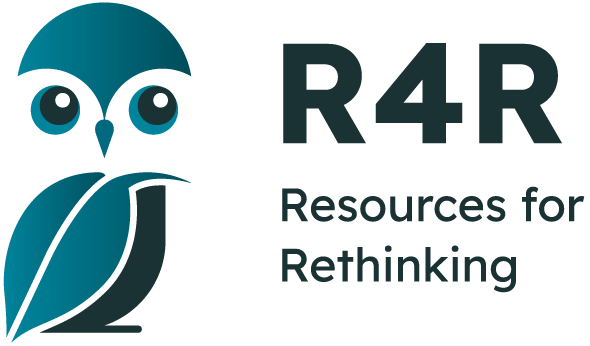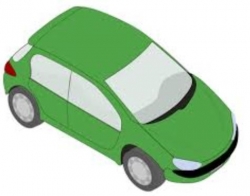- Home
- Tutorial
- Resource Guides
- Focus Areas
- LSF Programs
-
Professional
Development - Review Process
-
A project of LSF

Search for Resources
Description
Students examine how fuel efficient and environmentally-friendly car choices are important from a personal, societal and global perspective. They then use this information to design greener transportation options for their families. Activities in the resource have students rank the importance of different considerations when buying an automobile, determine the fuel efficiency and environmental friendliness of their family car and finally design an environmentally-friendly means of transportation that meets their family’s needs.
Part One: Students rank the importance of cost, color, size, fuel efficiency, environmental impact, reliability and safety in the purchase of a family car. After discussion, students are asked to focus on fuel efficiency and environmental friendliness. They also use the EPA’s fuel economy website to determine the fuel efficiency and carbon dioxide emissions of different makes and models.
Part Two: Students research the benefits and challenges of a hybrid, electric and plug-in vehicles as well as those that run on clean- burning fuels like methanol, ethanol, flex-fuel, and hydrogen. After presenting findings to their classmates, students choose which innovation they would be most likely to purchase and discuss the importance of continued energy innovations in personal transportation.
Part Three: In this STEM activity, students are asked to design one transportation option that would be environmentally friendly, while still meeting the purchase criteria that is important to them. This could be a gadget, a device, type of fuel, a vehicle feature, or type of vehicle. They complete a sketch of their innovation, and write a description that explains what it is, how it works and its advantages and disadvantages.
Extension suggestions include students continuing to track the fuel consumption and carbon dioxide emissions of their family cars or school bus for a month and brainstorming other innovations related to fuel efficiency and environmental impacts.
General Assessment
What skills does this resource explicitly teach?
- Analyzing data
- Inferring and explaining relationships
- Critical and creative thinking strategies
- Selecting and integrating information from various print and electronic sources
Strengths
- Has excellent local focus
- Graphic organizer provided for research
- Useful websites are provided for both teachers and students
- Lesson are written so that most students can be successful, though no adaptations for modifying work are provided
- Gives students a chance to collect scientific data which is relevant to their lives
- Open-ended solutions
- Demonstrates the complexity of environmental issues
- Promotes student awareness of a very important topic
- EPA site for fuel consumption is easy to use
Weaknesses
- Action plan is not an integral part of the resource
- Teachers must develop their own assessment tools
- No case studies are included
- Units for mileage are expressed in miles not kilometers
Recommendation of how and where to use it
This resource can be used to address outcomes associated with the impacts of human activity on the environment and ecosystems, as well as those units that discuss alternative energy sources. It could also be used as an enrichment unit in technology courses focusing on creating alternative designs as a means of solving environmental problems.
Relevant Curriculum Units
The following tool will allow you to explore the relevant curriculum matches for this resource. To start, select a province listed below.
- Step 1Select a province
- Northwest Territories
- Nunavut
- Ontario
- Step 2Select a grade level
- Grade 7
- Step 3Select a subject
- Science & Technology
- Step 4Relevant matches
- Life Systems: Interactions in the Environment
- Grade 8
- Step 3Select a subject
- Science & Technology
- Step 4Relevant matches
- Structures and Mechanisms: Systems in Action
- Quebec
- Step 2Select a grade level
- Grade 7
- Step 3Select a subject
- Science & Technology
- Step 4Relevant matches
- The Technological World
Themes Addressed
Air, Atmosphere & Climate (1)
- Climate Change
Citizenship (1)
- Ecological Footprint
Land Use & Natural Resources (1)
- Transportation
Sustainability Education Principles
| Principle | Rating | Explanation |
|---|---|---|
| Consideration of Alternative Perspectives | Satisfactory | Although the resource promotes the importance of green transportation innovations, students do their own research, discuss the information gathered and draw their own conclusions. |
Consideration of Alternative Perspectives:
| ||
| Multiple Dimensions of Problems & Solutions | Good | This resource highlights how consumer choices, with regards to automobiles have global environmental implications. |
| Multiple Dimensions of Problems & Solutions: Effectively addresses the environmental, economic and social dimensions of the issue(s) being explored.
| ||
| Respects Complexity | Good | |
| Respects Complexity: The complexity of the problems/issues being discussed is respected. | ||
| Acting on Learning | Satisfactory | The action project is suggested as an extension activity, but is not fully developed. |
| Acting on Learning: Learning moves from understanding issues to working towards positive change — in personal lifestyle, in school, in the community, or for the planet
| ||
| Values Education | Satisfactory | |
| Values Education: Students are explicitly provided with opportunities to identify, clarify and express their own beliefs/values. | ||
| Empathy & Respect for Humans | Satisfactory | |
| Empathy & Respect for Humans: Empathy and respect are fostered for diverse groups of humans (including different genders, ethnic groups, sexual preferences, etc.). | ||
| Personal Affinity with Earth | Satisfactory | Although the resource has no out-of-doors experience, it does promote action to reduce environmental impacts caused by fossil fuel consumption. |
| Personal Affinity with Earth: Encourages a personal affinity with -the natural world.
| ||
| Locally-Focused Learning | Very Good | |
| Locally-Focused Learning: Includes learning experiences that take advantage of issues/elements within the local community.
| ||
| Past, Present & Future | Satisfactory | The future is seen as positive if alternative green transportation innovations and designs can be further developed and utilized. |
| Past, Present & Future: Promotes an understanding of the past, a sense of the present, and a positive vision for the future. | ||
Pedagogical Approaches
| Principle | Rating | Explanation |
|---|---|---|
| Open-Ended Instruction | Good | Students are able to generate some ideas on their own through the guided inquiry approach. |
| Open-Ended Instruction
: Lessons are structured so that multiple/complex answers are possible; students are not steered toward one 'right' answer. | ||
| Integrated Learning | Satisfactory | Although primarily a science resource, there are opportunities to address outcomes in math and language arts. |
| Integrated Learning: Learning brings together content and skills from more than one subject area
| ||
| Inquiry Learning | Satisfactory | |
| Inquiry Learning: Learning is directed by questions, problems, or challenges that students work to address.
| ||
| Differentiated Instruction | Satisfactory | |
| Differentiated Instruction: Activities address a range of student learning styles, abilities and readiness.
| ||
| Experiential Learning | Satisfactory | The extension activity which asks students to track the carbon dioxide emissions of the family car over a period of one month provides a 'hands on" learning opportunity. |
| Experiential Learning: Authentic learning experiences are provided
| ||
| Cooperative Learning | Satisfactory | |
| Cooperative Learning: Group and cooperative learning strategies are a priority.
| ||
| Assessment & Evaluation | Poor/Not considered | Reflection and debriefing questions are provided, but no rubrics or instruments are provided. |
| Assessment & Evaluation: Tools are provided that help students and teachers to capture formative and summative information about students' learning and performance. These tools may include reflection questions, checklists, rubrics, etc. | ||
| Peer Teaching | Satisfactory | |
| Peer Teaching: Provides opportunities for students to actively present their knowledge and skills to peers and/or act as teachers and mentors.
| ||
| Case Studies | Poor/Not considered | There are no thorough case studies included. |
| Case Studies: Relevant case studies are included. Case studies are thorough descriptions of real events from real situations that students use to explore concepts in an authentic context. | ||
| Locus of Control | Satisfactory | Extension activities provide opportunities for students to delve deeper into chosen issues. |
| Locus of Control: Meaningful opportunities are provided for students to choose elements of program content, the medium in which they wish to work, and/or to go deeper into a chosen issue. | ||

